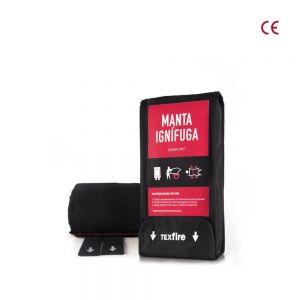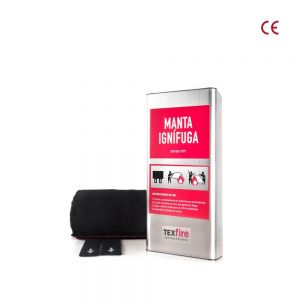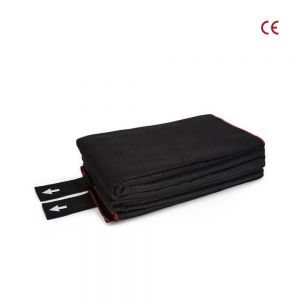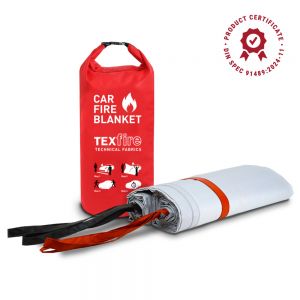Class K fire and fire blankets
Class K fire refers to vegetable oil or animal fat fires produced in deep fryers or griddles in the kitchen (Class K fire = Kitchen).
Class K fire is a subclass of Class B fire, that implies to the fire produced by big amounts of:
- Gasoline.
- Oils.
- Paint.
- Gases.
- Flammable.
- Lubricant liquids.
But due to the characteristics of these types of fires, the fires produced in a kitchen has been considered very important to treat them into a different category in what to refer to this class.
Class K fire refers to fire of vegetable oils or animal greases produced in fryers, grills inside the kitchen, the Class K classification is used in the United States and México (K=Kitchen).
In Europe, they correspond to Class F because it follows the alphabetical order A, B, C, D, and F.
The active elements suitable that must be used to extinguish this kind of fire are:
- Fire blanket, as primary element and complement to extinguishers and extinguishing system hoods, to suffocate the first fire connotes. This blankets must meet regulation EN 1869/1997, a regulation that specifies that fire blankets are destined essentially to extinguish fires caused by kitchen oils.
Extinguishers that require a water solution made up of potassium acetate, that when contacting with hot oil create a soapy layer over the hot oil that stops the fire.
- Fire extinguishing system hoods that allow an automatic fire detection.

Hereunder, a brief review of fire classes:
| Fire classes | Implied materials |
| A) Solid combustibles | Wood, rubber fabrics, paper, carton and some plastics |
| B) Liquid combustibles and gases | Examples of it are all the flammable liquids, greases, paints, waxes, asphalts, oils, gasoline, oils gases and lubricants, petroleum products... |
| C) Energized electrical equipments | In energized electrical facilities, equipments subjected to the action of electrical current, motors, transformers, cables, switching boards, etc. |
| D) Metals | Combustible metals, like sodium, magnesium or potassium or others that could ignite when are reduced to very thin filings. |
| K / F) Vegetable oils and animal greases | Fires derived from the use of vegetal oils and animal greases. |
| E) Radioactive | There is not a European regulation. Class E for fires of radioactive origin is being studied. |
The fire classification helps to know that all fires are not the same even when they all need the three basic elements to be started (oxygen, heat and combustible) and due to this, the most suitable way to extinguish them varies. Class K or F are the same kind of fire, it also depends on from the region to which they are referred. K is used in the United States and America, while F is used in Europe.
Take into consideration that a same fire could develop different classes of fire, so the most important thing is to extinguish it in time, for this the most suitable thing is to have fire blankets close, with them, we could prevent from major risks. Texfire has developed a new generation range of fire blankets thought to be used in professional kitchens and in houses.






